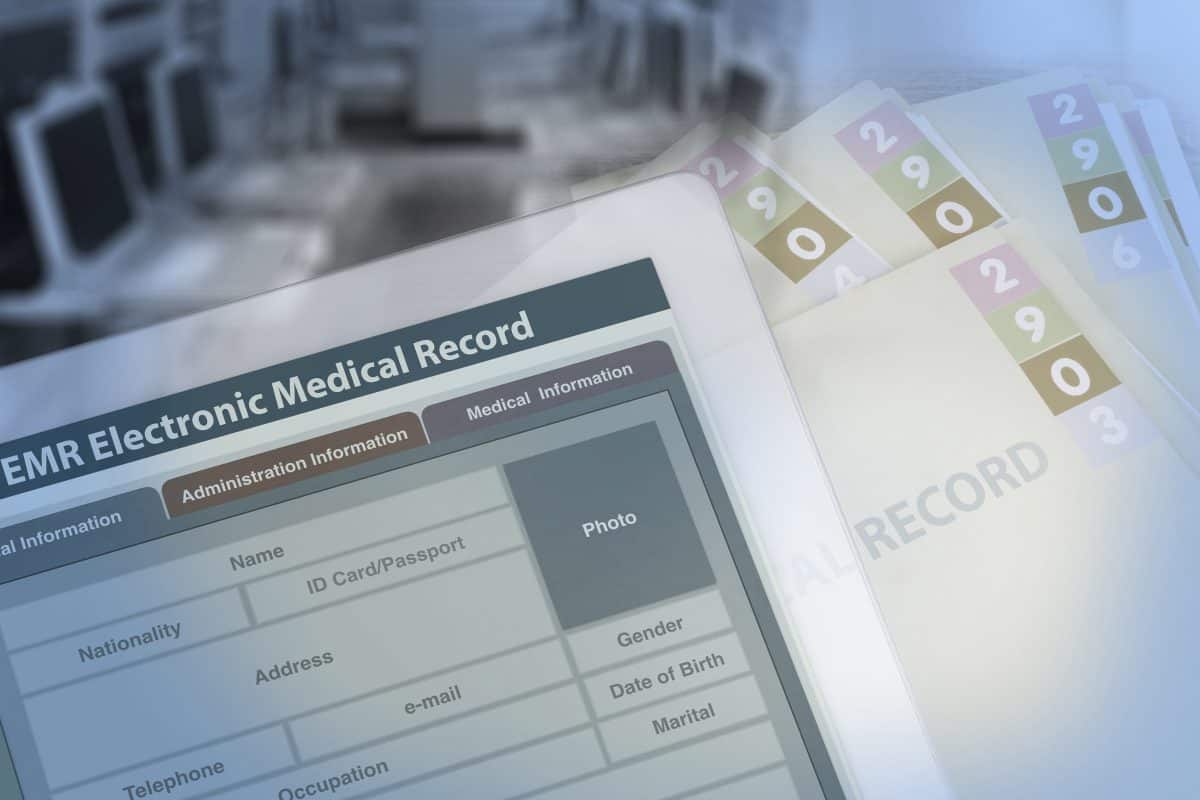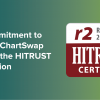Electronic Release of Information (eROI) is governed by state and federal privacy laws, so it does require appropriate authorization. To be valid, the eROI often includes the electronic signatures of the patient for protected health information (PHI) or electronic health records (EHRs) to be released to specific health entities. Authorization forms also designate the term and scope of release, while at the same time indicating that the release of information can be rescinded at any time with an authorized request.

How Does eROI Relate to HIPAA?
The Healthcare Insurance Portability and Accountability Act (HIPAA) was signed into law in 1996 as a way to protect and streamline the transfer of each patient’s medical records and health information from one company to another. HIPAA was set up as a series of laws that not only enforce patients’ rights as they related to their electronic health records (EHR), but require that health organizations understand (through a combination of training and health-records management implementation) how to comply with the regulations.
Why is eROI Important?
Performing a Records Request Online
The successful implementation of eROI allows you to ensure HIPAA compliance and the secure management of EHR, while also allowing for centralization and standardization. While it’s simple enough to talk about making it happen, smaller health organization simply do not have the infrastructure to support such an undertaking. With such huge potential benefits for successful implementation and the realities that such stiff penalties can be associated with data breaches or non-compliance, even unintentional, medical offices, providers and organizations are turning to technology partners and services to manage compliance, with the required level of security.
By relying on services like ChartSwap, providers are able to support the needs of their patients, while also taking on less of the risk and ultimate liability related to HIPAA compliance and secure handling of medical records. Of course, every medical provider must be trained and have a clear understanding of what the HIPAA regulations mean to their practice and patients, but the eROI workflow is not so cumbersome or unreasonably troublesome. That will lead to less stress for key staff, but it also translates to a less overhead and lower costs for the provider. Ultimately, a more streamlined processing of PHI also leads to patients who are better able to understand their rights and who have better access to their EHR.
What Does eROI Mean for You and Your Health?
The basic concept of the eROI is fairly easy to understand. It’s easy to see why HIPAA was implemented, and that the general goal of providers (with legal ramifications) of protecting patients’ rights to privacy and control of their medical records and future. But, it’s also important to understand how this process has revolutionized the healthcare industry.
Yes, it’s at times been a pain to implement. The process of compliance, training and implementation has been time-consuming and costly, and none of that is going away, even with technology partners and services. Once the paper records are all digitized and the staff is all trained up and ready to go, though, there’s an enormous (even, dare we say, revolutionary) benefit to EHR. Each patient can manage his or her own health record. Access and accessibility are unprecedented, and while challenges and monumental questions about privacy, access and patient rights will continue to pop up, the technological future of EHR looks promising. Only time will tell.
Sources
Changing gears with eROI. Henry Ford Hospital switches to an electronic process for managing release-of-information requests without having to ask their CFO.
How Can Electronic Health Records Improve The Efficiency Of My Staff?
Medical Practice Efficiencies & Cost Savings
Electronic Health Records To Facilitate Clinical Research
Why The Promise Of Electronic Health Records Has Gone Unfulfilled
What It Means To Be A Secondary User Of Health Record Data






